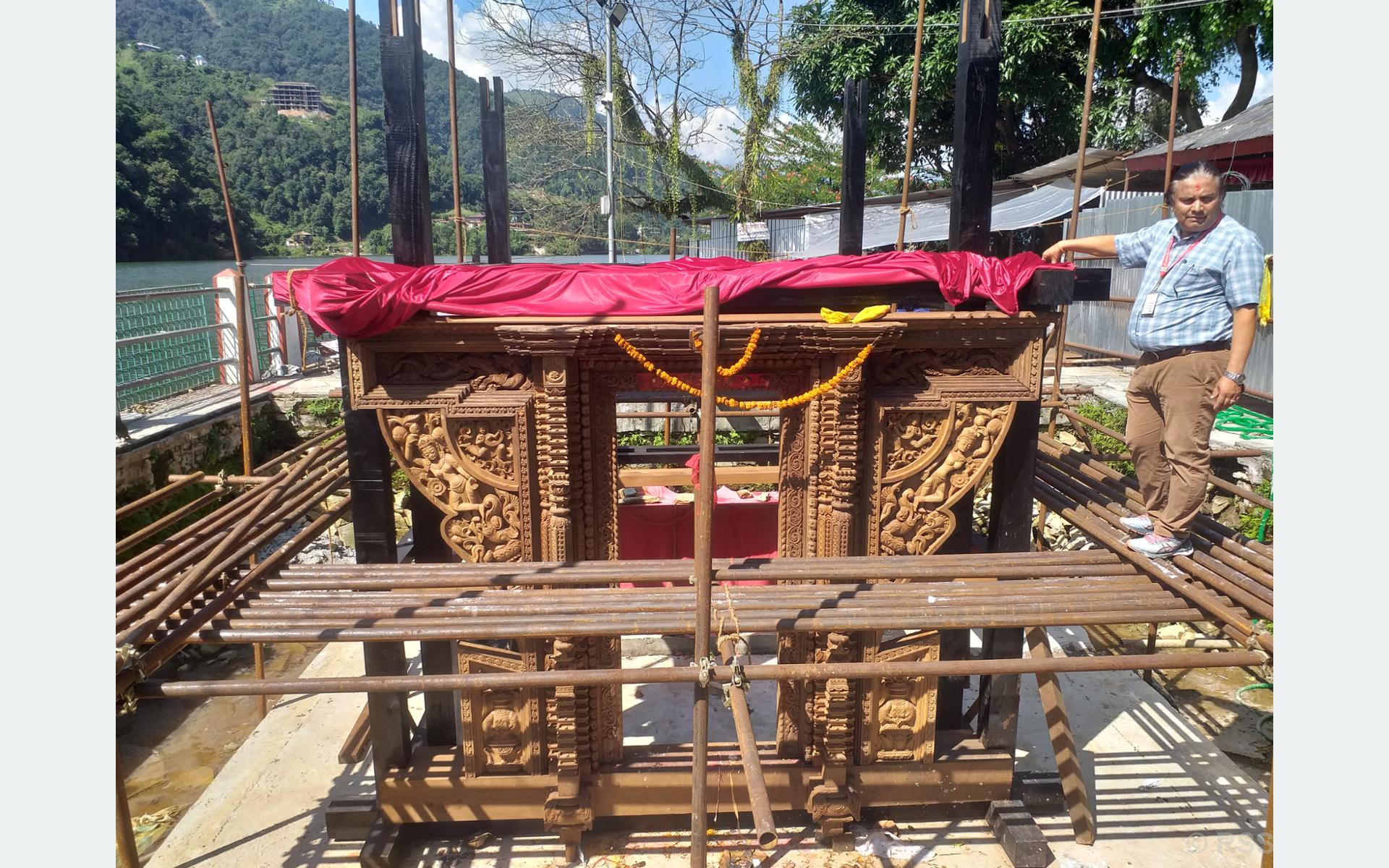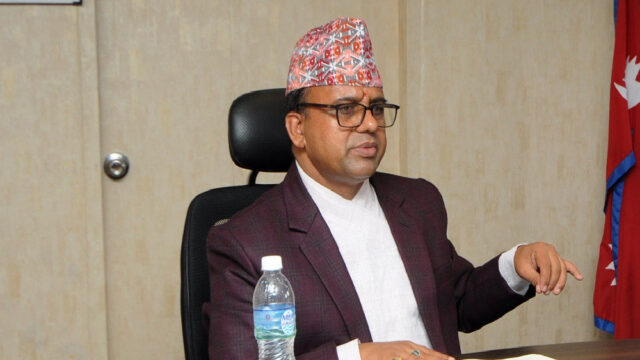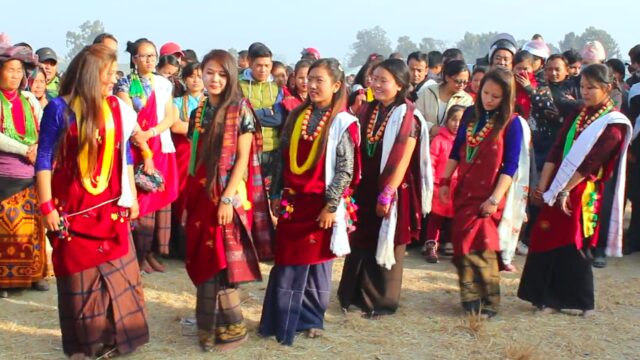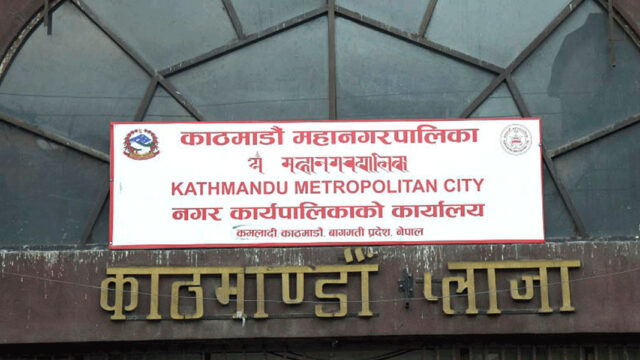The reconstruction of the historic Tal Barahi Temple, located in the middle of Phewa Lake in Pokhara-6, Baidam, has gained momentum. The temple, a major attraction for domestic and international visitors, was damaged during the 2015 earthquake, causing the structure to tilt southward and posing safety risks to worshippers. The Tal Barahi Temple Guthi Management Committee began the reconstruction a year ago to address these concerns.
As part of the reconstruction, a new eastern door was installed during the Dashain festival on the day of Ghatasthapana. The temple is being rebuilt in its original pagoda style, with six skilled artisans from Bhaktapur working on intricate carvings for the doors and windows.
Although the goal was to complete the reconstruction by Dashain, delays arose due to disagreements between the Archaeology Department and the committee regarding the temple’s design. However, the project is now progressing in line with the Archaeology Department’s decisions, according to Nirmal Khatri, the committee’s treasurer.
The total cost of the reconstruction is estimated at NPR 22.5 million, with NPR 20 million provided by the Guthi Management Committee and NPR 2.5 million by the Archaeology Department. Despite earlier plans for a larger renovation project with a budget of NPR 100 million, the Archaeology Department halted those efforts to preserve the temple’s original design. The committee now aims to complete the reconstruction within the next six months, although the rainy season has caused some delays due to the temple’s location in the middle of the lake.
Tal Barahi Temple spread over three ropanis of land, is a year-round pilgrimage site for both domestic and international visitors. The temple’s bank account currently holds NPR 47 million, donated by devotees. During the Dashain festival, especially on Kojagrat Purnima, the temple sees a significant influx of worshippers.
Dhruba Baral, secretary of the Guthi Management Committee, shared the temple’s historical background, noting that it was originally established by King Kulmandan Shah of Kaski, who built a thatched-roof shrine. The temple, which has been in existence since 1447 AD, was founded on a mound of earth with a sacred stone as its centerpiece, according to historical records.
During the reconstruction, efforts were made to use the original stones and timber, although many of the stones were deemed unusable. Secretary Baral noted that visitors continue to contribute donations toward the temple’s restoration.
From the Tal Barahi Temple, visitors can enjoy panoramic views of the Annapurna and Dhaulagiri mountain ranges, as well as tourist attractions like Sarangkot, Pumdibhumdi, and the Kaskikot Durbar. Resident Basu Tripathi emphasized the need to expedite the temple’s reconstruction, citing its importance to Pokhara’s tourism. He urged that the temple be restored to its original form as soon as possible to meet the expectations of religious tourists who visit from around the world.
To reach the temple, visitors must take a boat ride from the Barahi Ghat on the shores of Phewa Lake.
Source: RSS






